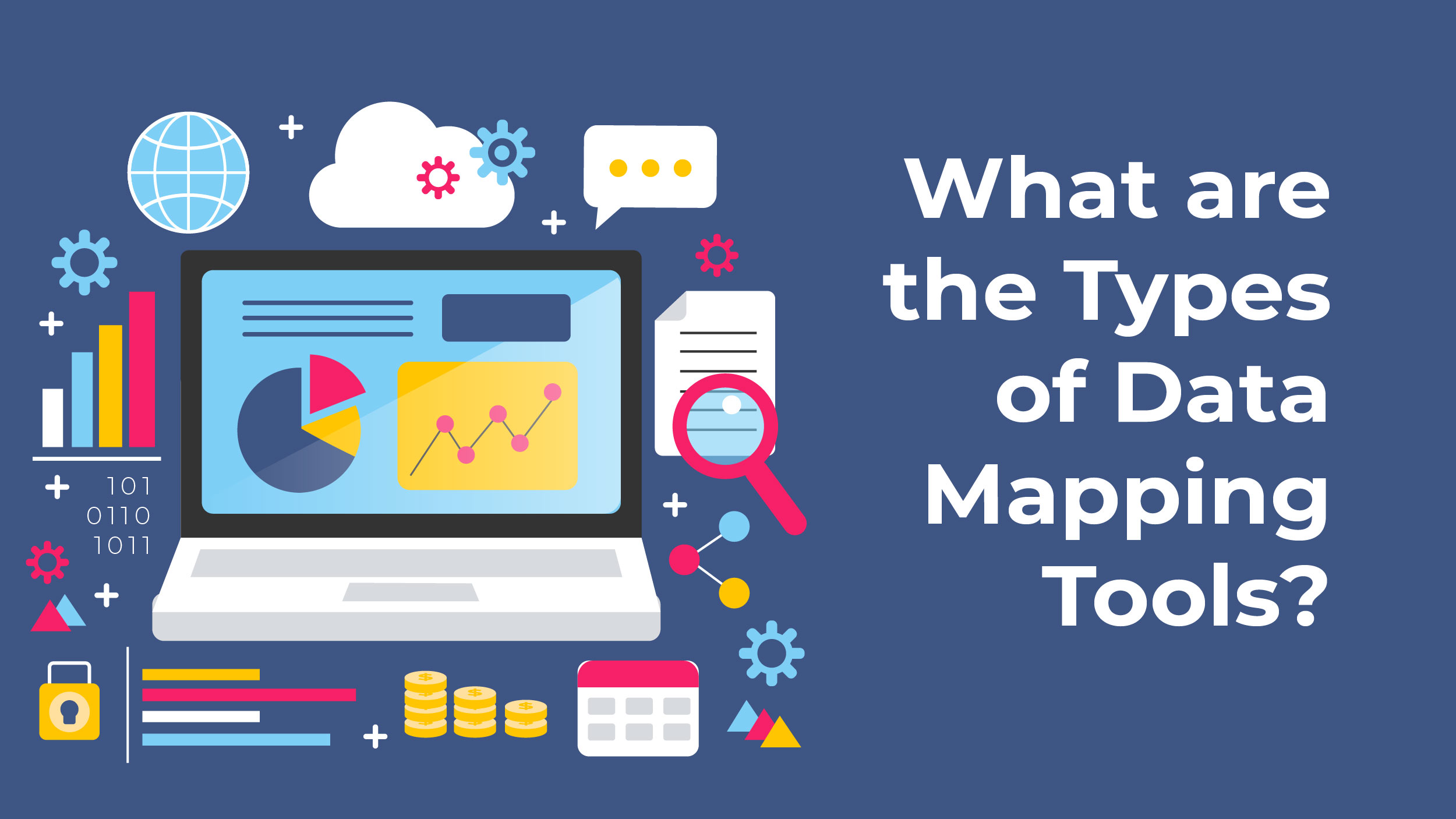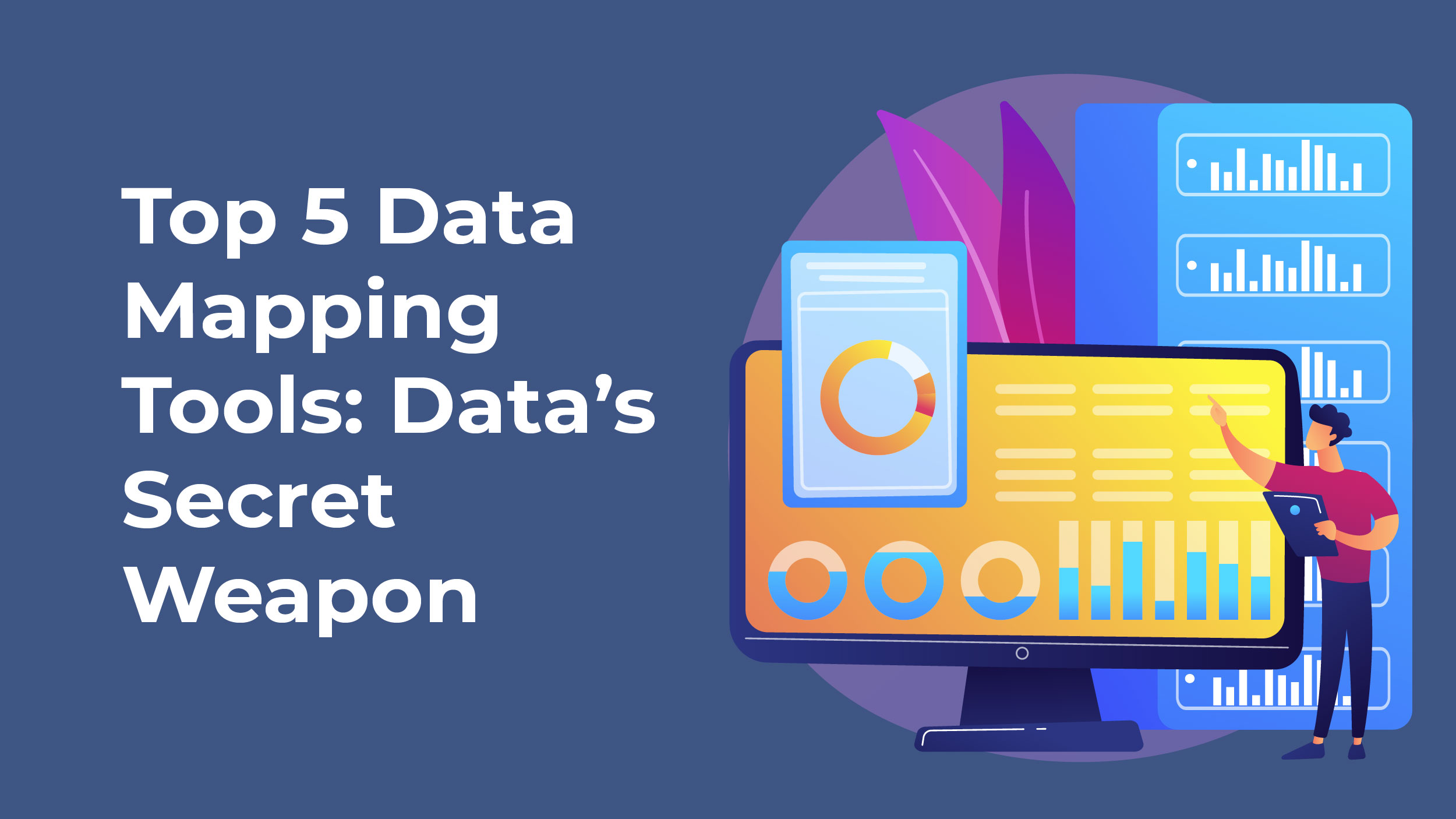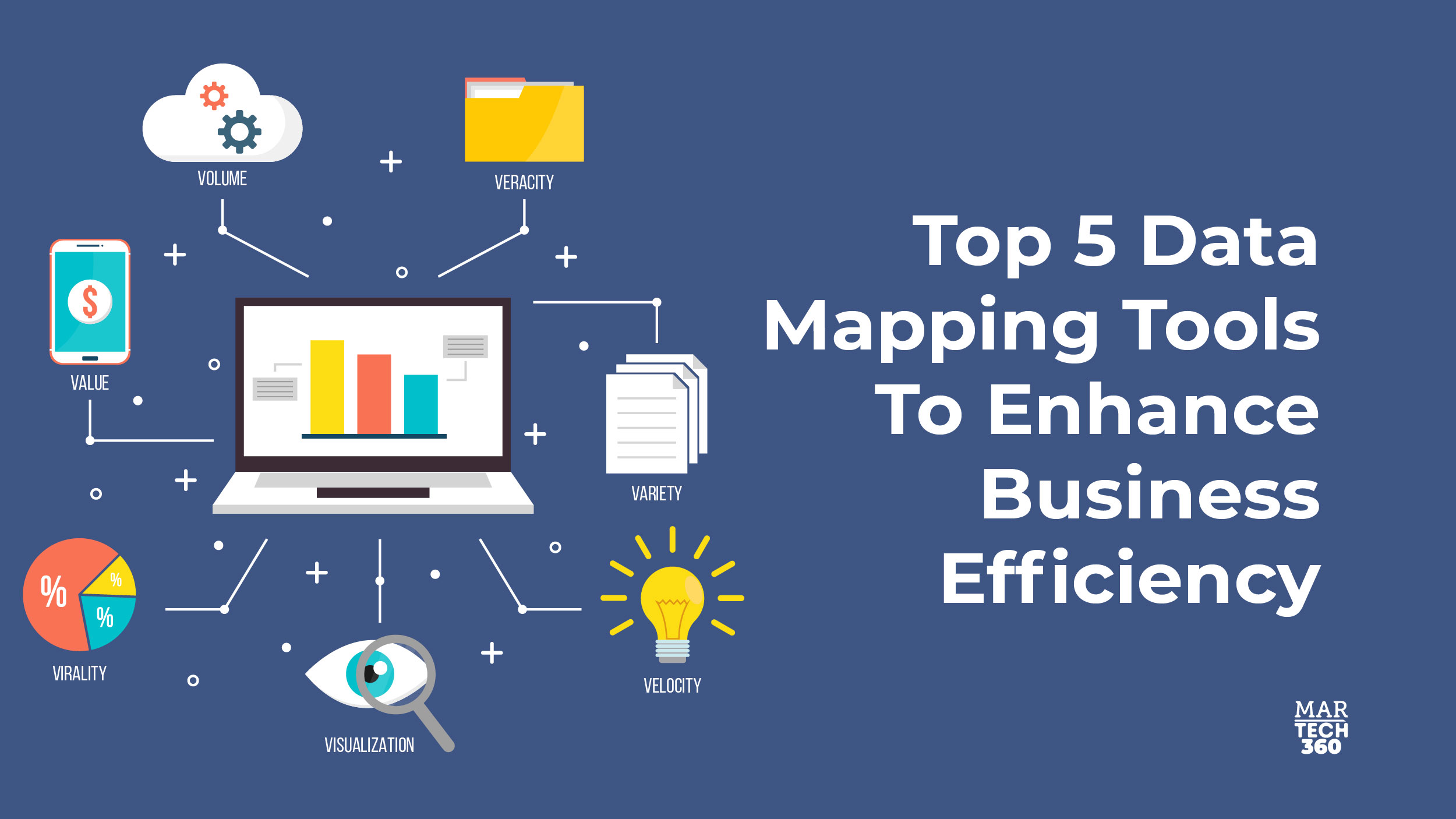In tech talk, data is basically a bunch of facts and numbers gathered up for checking or studying. When you analyze this data, you can uncover some pretty useful insights. These days, almost every company is using these insights to help their business grow.
But here’s the thing: for this data analysis to be on point, you’ve got to make sure the data is moved over without any hiccups and organized correctly. That’s where data mapping steps in.
In this blog, we will dive into why data mapping tools are a big deal. So, stick around!
What is Data Mapping?
Data Mapping simplifies the process of directing source data to a chosen database, which could be Relational, NoSQL, or CSV, depending on user preference. The complexity of Data Integration Mapping tasks hinges on data hierarchy and structure disparities between source and target.
Many data mapping tools provide ready-made dataset-matching templates, facilitating seamless database matching between source and target systems. A basic data mapping template resembles an ER(Entity-Relationship) diagram, outlining structured data in sourced entities.
What are the Types of Data Mapping Tools?
 There are various types of tools for data mapping designed to facilitate data linking and transformation. Here are some common categories:
There are various types of tools for data mapping designed to facilitate data linking and transformation. Here are some common categories:
· Graphical User Interface (GUI) Tools:
These tools offer a visual interface for defining data mappings through user-friendly drag-and-drop or point-and-click interactions. They don’t require extensive coding knowledge.
· Code-based Tools:
Developers use programming or scripting languages to define mapping rules in code-based data mapping tools. These tools offer greater flexibility and customization options but may require technical expertise.
· Cloud-based Tools:
Hosted on cloud platforms, these tools provide scalability, accessibility, and collaboration features. They are well-suited for handling large volumes of data and often integrate with other cloud services.
· Open Source Tools:
Freely available and customizable, open source data mapping tools can be tailored to specific requirements. They are usually community-driven and offer a wide array of features and functionalities.
· Enterprise-level Tools:
Designed for large-scale data integration projects, these tools come with advanced features like data governance, data quality management, and support for complex data transformations. They are well-suited for enterprise-level operations.
Top 5 Data Mapping Tools: Data’s Secret Weapon
 Businesses handle vast amounts of sensitive data, with customer information being just a fraction. However, not all data carries the same weight. Certain information demands heightened security measures due to its critical nature. Additionally, data may be duplicated, shared, or stored in various locations, with different departments utilizing it differently.
Businesses handle vast amounts of sensitive data, with customer information being just a fraction. However, not all data carries the same weight. Certain information demands heightened security measures due to its critical nature. Additionally, data may be duplicated, shared, or stored in various locations, with different departments utilizing it differently.
Improper data mapping can lead to corruption or loss during transit. A dynamic, actively maintained data map is essential, evolving alongside your organization’s growth. Listed below are some of the top 5 data mapping tools you can consider.
1. Talend Data Integration
Talend Data Integration has a place in this list of good and inexpensive data mapping tools. It allows for the expansion of functional features. The tool features an easy-to-use design interface as well as open-source components. It can work with almost any format, including XML, Excel, JSON, CSV, and others. Because the tool is widely used and well-known around the world, you can easily find help online. This includes a knowledge base and official support forums.
When it comes to ETL tasks, it is one of the most trusted data integration technologies. It aids in the ETL design and implementation process. It gives its users graphical interfaces in which they can map data from the source to the destination systems.
2. Altova MapForce Platform
Another of the greatest low-cost any-to-any data mapping tools with a variety of automated possibilities. Altova MapForce is a graphical data mapping and integration software solution that can map data across XML, database, Excel, JSON, EDI, XBRL, flat file, and/or Web service. MapForce Platform may be installed quickly and easily. Other “big iron” data integration tools are far more expensive and risky than this software option. Furthermore, the platform is very adaptable to a wide range of requirements and purposes.
3. Pentaho Data Integration
Kettle’s Pentaho Data Integration is a well-known ETL tool. The Platform features a sophisticated and strong architecture that is incredibly adaptable and easy to use. It lets you use variables in practically every situation.
You can swiftly lead data conversions and easily build reports. One of the most appealing characteristics is that the tool can accept data in any format, including CSV, Excel, text, JSON, Hadoop, and so on. You can ingest, blend, map, cleanse, and diverse data from any source with Pentaho Data Integration.
4. IBM InfoSphere DataStage
IBM InfoSphere DataStage has it all when it comes to globally recognized data mapping tools and software solutions for large companies. IBM InfoSphere DataStage is a leading ETL technology that can map and integrate data from many systems, as well as provide costly metadata management and scalable, big data enterprise connectivity.
It is a very comprehensive software package that includes ETL, MDM, DQ, Metadata management, and other features. A complete set of data integration and mapping tools to meet any requirement. Their technical help is excellent, and they can usually resolve issues in less than a day.
5. Adeptia Integration Suite
Adeptia Integration Suite (AIS) is a good option if you need economical industry-leading data mapping tools and integration software. With sophisticated data mapping capabilities, it is one of the most adaptable and complete integration software platforms on the market.
The program allows you to take practically any digit of input documents and create a consistent output for all of them with just a few mapping actions. It ensures a smooth B2B integration procedure and data connections can be of various sorts, such as files, APS, transactional information, or simply simple forms.
In The End
Data mapping plays a pivotal role in ensuring seamless data integration and transformation processes. With a plethora of options available, including free data mapping tools, tools for data mapping with graphical user interfaces, and robust open source data mapping tools, businesses of all sizes can find solutions tailored to their specific needs. Whether it’s the user-friendly GUI tools or the flexibility of code-based options, the key lies in selecting the right tool for the job. Embracing cloud-based solutions can offer scalability and collaboration advantages, while enterprise-level tools provide comprehensive support for large-scale projects. By leveraging these diverse options, organizations can enhance their data management capabilities and drive greater efficiency in their operations.


Comments are closed.